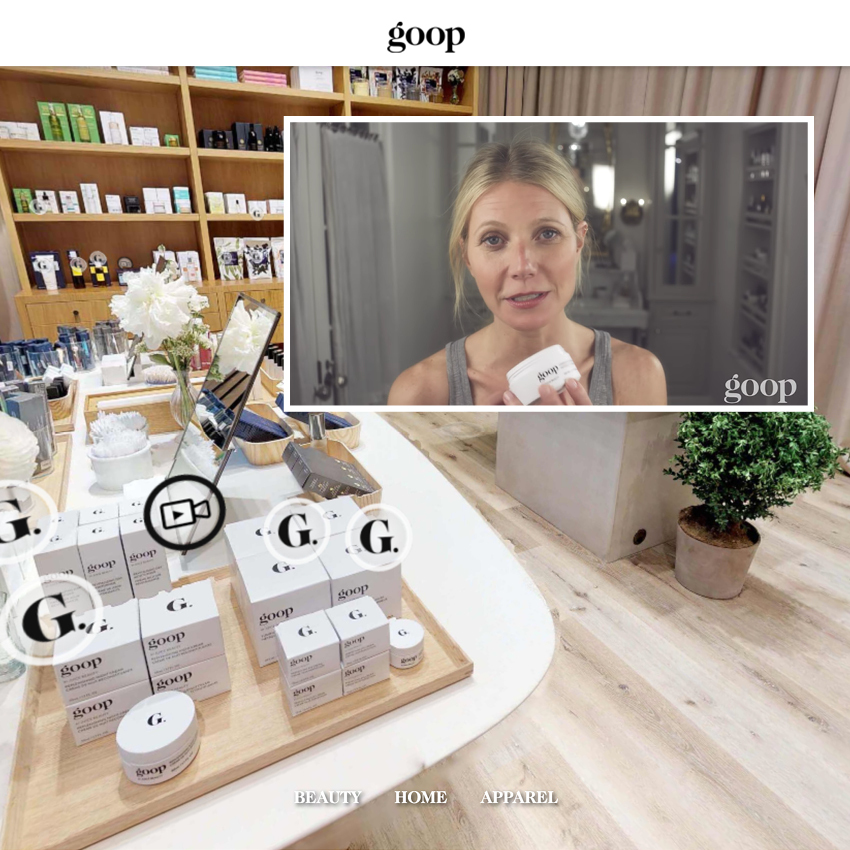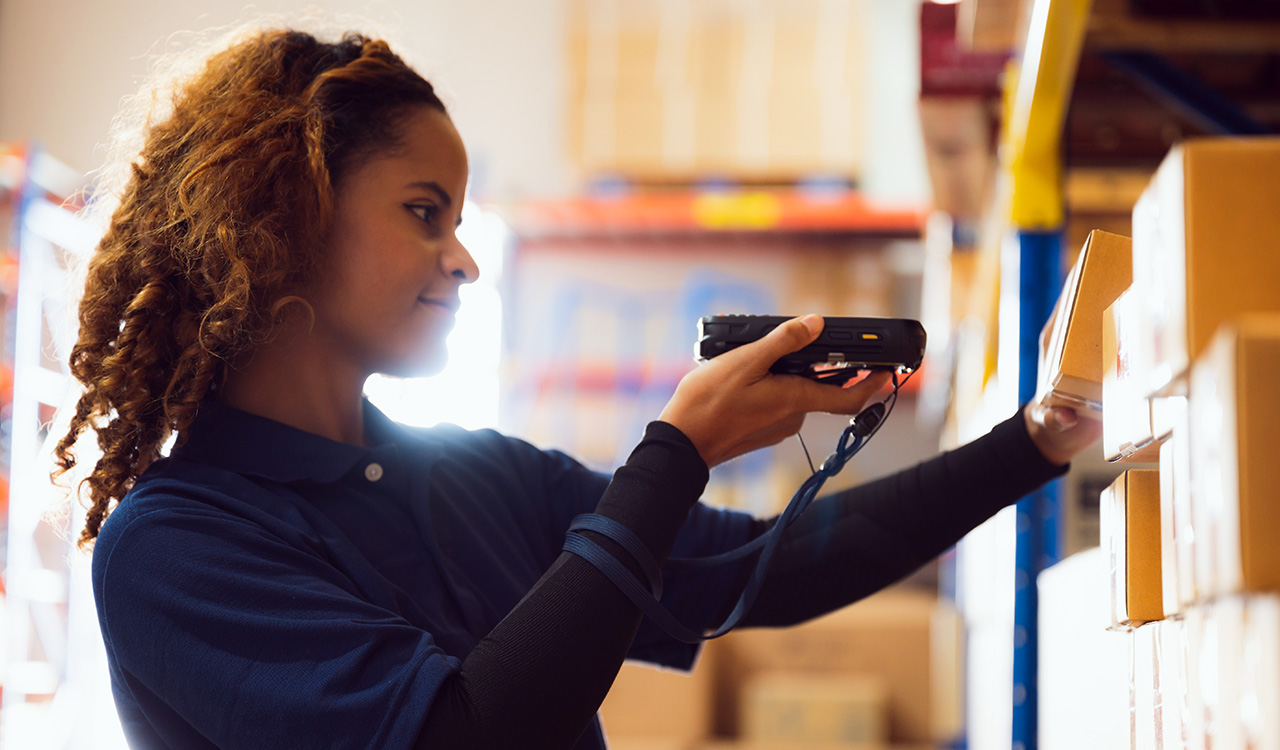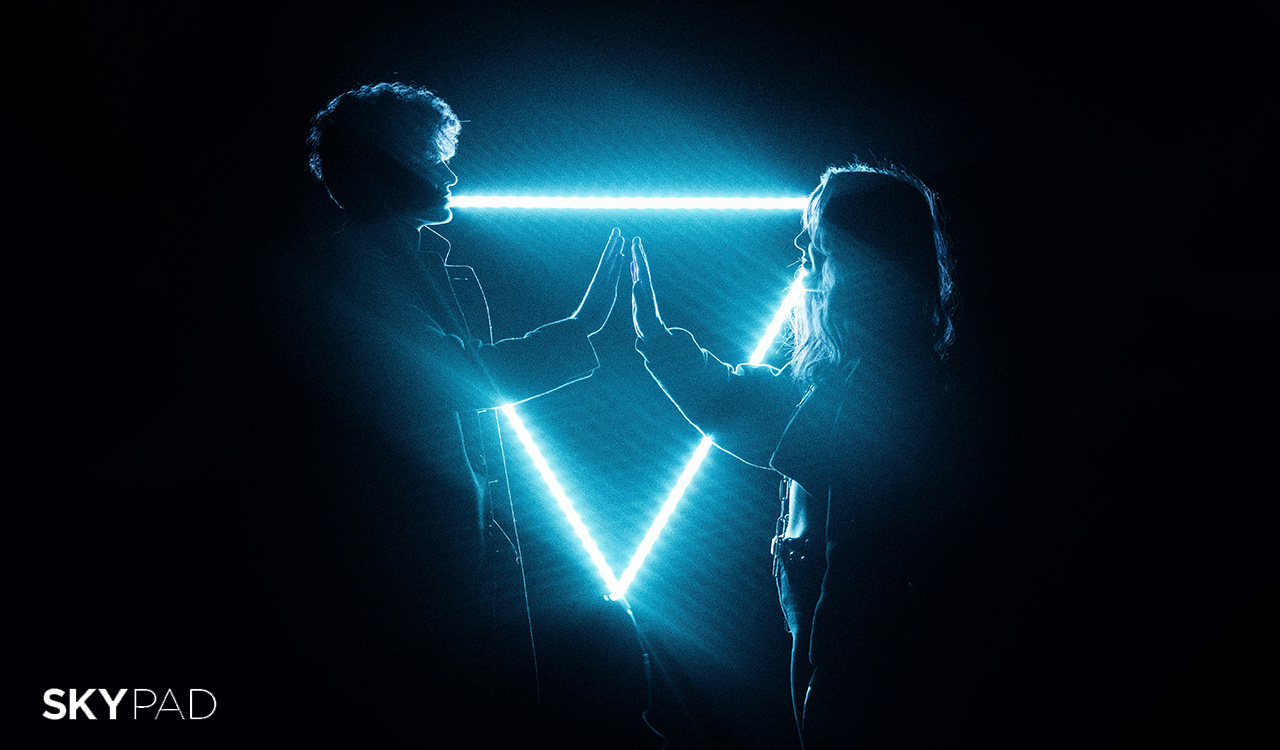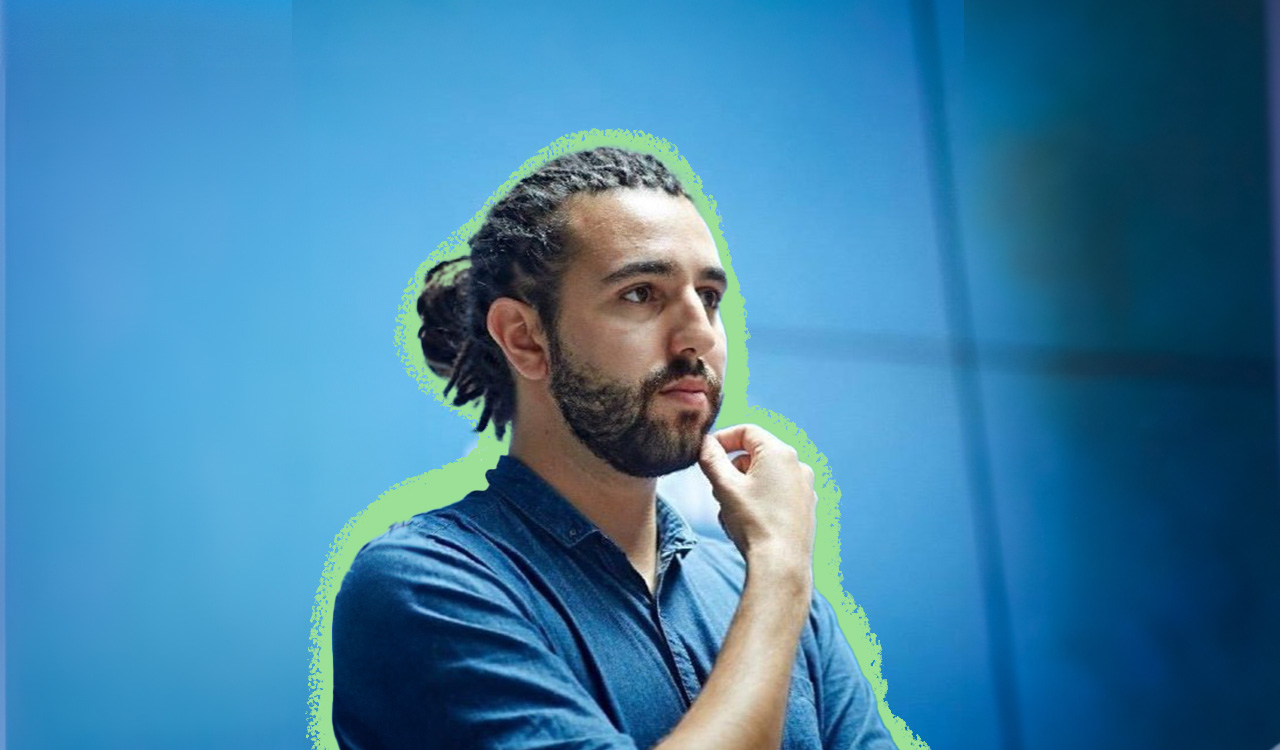Full disclosure: I did not set foot in a store this season. In normal times, my in-store holiday shopping mood toggles between energized and irritated. Wandering through a crowded, slightly overheated store, dragging a coat with a bulky scarf-stuffed sleeve looking for inspiration is a trial, but there have been moments when retail kismet struck. During holiday 2019, I experienced such karma at Nordstrom’s New York flagship, achieving a satisfied shopper’s dopamine hit, and walking out with several gifts.
A Nothing-Like-Normal Holiday 2020
In the highly atypical 2020 holiday shopping season, I tried to get my festive shopping fix virtually. Without leaving my desk or strapping a VR headset to my skull, I visited the Ralph Lauren store in Beverly Hills, the RRL West Broadway boutique, Goop in Toronto — and I popped over to the Champs-Élysées to have a wander through Dior, with a few stops in between. While the experience was not entirely satisfying, it was engaging. In a podcast interview with Marketplace Tech, Joseph Turow, the University of Pennsylvania professor, and author of “The Aisles Have Eyes,” comments on the virtual store experience, \”The thing that’s weird about it, one, there is no one else in the store; and two, there are no salespeople. It’s essentially a store after the rest of the world has been destroyed.\” I agree with the professor; the format needs work, but as I clicked around a few virtual stores, I saw hints of where the tech may be headed.
[callout]The possibilities and the technology exist to create a compelling shopping tool that won’t leave the customer feeling like they have been shopping in “a store after the rest of the world has been destroyed.” [/callout]
Early Virtual Experiments
Evergreen retail tech innovator Tommy Hilfiger, along with Vera Bradley and a few others, have been dabbling in headset-less virtual shopping experiences since 2017. The early shopping sites were a pop-up-ish blend of entertainment and novelty, which punched a run-of-the-mill e-commerce journey up a notch. I classified these early virtual shopping sites less as a trend than a fad, but as with many things, 2020 has accelerated the emerging online tool to a new level of proficiency.
Sam’s Club Takes on Virtual
While many of the sites I viewed this season had a decidedly holiday pop-up profile, the level of technical polish and complexity demonstrates a substantive marketing commitment. Sam’s Club looked to movie nostalgia for inspiration. The retailer announced that it would bring, “One of America’s favorite holiday movies to life in a new, unexpected and shoppable way with the premiere of the Sam’s Club National Lampoon’s Christmas Vacation Holiday Shopping Experience.” The site takes the viewer inside a virtual version of the vacation home featured in the film decked out with shoppable Sam’s Club inventory from smoked turkey to home furnishings.
World Building
Both Charlotte Tisbury Beauty and Ulta designed their sites in spaces akin to futuristic game show sets. The Ulta site served as a backdrop for virtual “shop in shops” with brands telling their stories on video screens. Tisbury’s site presented the benefits of the brand’s skincare products and makeup looks. A Charlotte Tisbury avatar brought some personality to the site as her real-life voice touted the brand’s essence and welcomed her visitors in an emcee type role.
But Seriously…
Luxury brands Dior and Ralph Lauren took a different approach. Lauren virtualizes their physical stores by famously recreating his distinctive early 20th century mansion chic in his flagship stores. Now he has virtually recreated the original recreations. David Lauren, Chief Innovation Officer/Chief Branding Officer at Ralph Lauren Corp spoke to Forbes about the creative, which was developed in house, “With the virtual store program, our goal was to reimagine the experience of walking into and shopping a Ralph Lauren retail store through an augmented reality experience, bringing that magic of the holiday shopping season right into your home. For the first time, anyone, anywhere in the world can literally step into some of our most iconic retail stores in New York, Beverly Hills, or Paris, and shop… We took great care to showcase every detail of the cinematic retail experience that Ralph Lauren is so well known for, even down to the holiday music playlist.” In an era of store closures and shoppers’ in-store hesitancy, the brand repurposed its real estate holdings, expanding the footprint of the flagship experience globally. It was indeed cinematic retail, and many items were shoppable, but it was a bit lonely shopping there. The holiday music was festive, but the site lacked the spark of human engagement. Would an avatar Ralph Lauren chatting me up and highlighting merchandise as I wandered the spaces drive me to purchase? Maybe. Probably.
Making the Virtual Connection Real
Lifestyle brand Goop came closest to striking the balance between virtual and human. While strolling the virtual store, a video icon sat next to a specific product. With a click, Gwyneth Paltrow appeared, discussing the product\’s attributes, and how it fit into her routine. Suddenly, I was inside Gwyneth Paltrow’s bathroom, while still inside Goop’s Toronto store; it was oddly experiential and slightly surreal.
A Fad or a Trend?
Virtual storefronts have served as a compelling, short-term e-commerce augmentation strategy in a time of shutdowns and declining foot traffic. Whether the format has a post-virus future, is an open question. To get a hint at the answer, follow the money. Obsess VR is the tech startup behind many of the storefronts I visited. The company, founded in 2017, is led by the MIT alumna Neha Singh. Singh previously served as the head of product at Vogue and was responsible for launching Vogue.com. Singh\’s Obsess had early backing from The New York Fashion Tech Lab incubator program, later, it attracted the attention of Silicon Valley royalty. In 2018 the company won the backing of Village Global, a new venture fund that hails Bill Gates, Reid Hoffman, Mark Zuckerberg, and arguably the chief architect of e-commerce retail, Jeff Bezos, as backers. Anne Dwane, a partner at Village Global, discussed Obsess with BOF, \”The fund invested in Obsess because it believes AR e-commerce experiences can unlock more profit.” Singh said Obsess has already seen triple-digit revenue growth since 2017
This nod from the leading tech innovators is a promising sign. Other factors indicating longer-term viability include:
- The ability to offer consumers an upgrade from the ordinary e-commerce experience.
- The opportunity to create a defined branding statement. The RL Virtual Experience demonstrates a branding master class.
- The benefits of leveraging premier real estate holdings as staging grounds or sets and making those trophy locations accessible to a global consumer.
- The flexibility that is built into the technology. The visualized environment, whether fantasy or store-based, exists in the cloud and can live on as a virtual set. In an interview with Yahoo Finance Obsess\’s Neha Singh explained, as with any physical location, the merchandise and décor can be updated. The technology allows items to be switched out “with a drag and drop”.
- The experience is optimized for mobile phones.
When the virus-stress finally lifts, we will recalibrate our lifestyle choices including how we shop. All signs point to e-commerce maintaining an increased share of the consumer wallet. If virtual storefronts successfully add experience to e-commerce, I can imagine them becoming a shopping habit. The continued evolution of the format is within reach. The storefronts could become backdrops for social commerce by hosting live-streamed events. An iconic designer could accompany his or her brand’s customer on their journey, either as an avatar or streamed through clickable links throughout the store. For example, Rachel Schectman and the STORY team could create a virtual, refreshable, editorially themed shop, and she could narrate the stories herself.
The possibilities and the technology exist to create a compelling shopping tool that won’t leave the customer feeling like they have been shopping in “a store after the rest of the world has been destroyed.” Online shopping is not going away. If the idea is to meet our customers where they are, then making the journey more fun by reuniting shopping with kismet is a good place to start.




